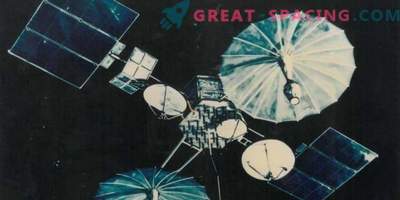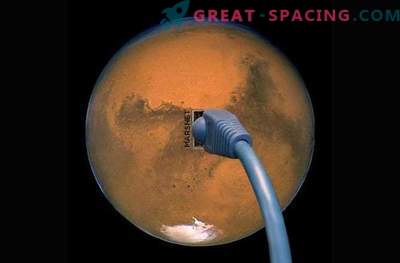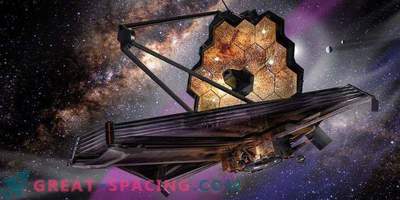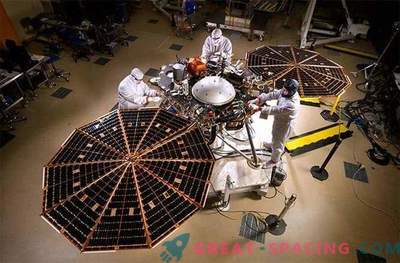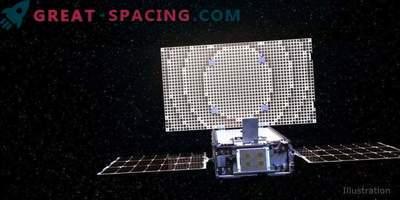
For NASA spacecraft, a new optical modem is being developed that can transmit high-quality high-definition video much faster than standard radio frequency systems. It is expected that the hardware from LGS Innovations will be able to provide frames from the Moon and other space directions in real time.
Radio waves propagate in vacuum at the speed of light, so the traditional radio communication between spacecraft and ground control points is greatly delayed, especially when it comes to remote space flights. It takes 2.5 seconds to send a signal to the moon and back, but for Mars the delay increases to a few minutes. If we talk about more distant planets, the bill goes to the clock.
Laser communication can almost completely eliminate problems with delay, revolutionizing future space exploration efforts. This method can transmit data over long distances at speeds up to 100 times faster than radio frequency systems. As a result, the technology will allow real-time communication for missions on the moon. Now LGS Innovations is developing the necessary equipment to provide such high-frequency communications for the upcoming EM-2 reconnaissance mission. The mission is scheduled for 2023 and will be the first crew flight of NASA's Orion spacecraft. LGS Innovations will provide an optical modem that will provide broadband data transfer from and to Orion.
The modem is part of an advanced O2O optical communication system. It is designed to provide two-way communication between Orion and the ground station at a transmission rate of up to 80 Mbps and a return rate of 20 Mbps. The modem converts the spacecraft data into an optical signal that will arrive from the moon to the reception center on Earth.
By increasing the data transfer rate many times, optical technology will open doors for a wider range of future scientific research than is possible now. So this technology is already being considered for introduction into the International Space Station (ISS), space exploration of asteroids and commercial satellite communications applications.
